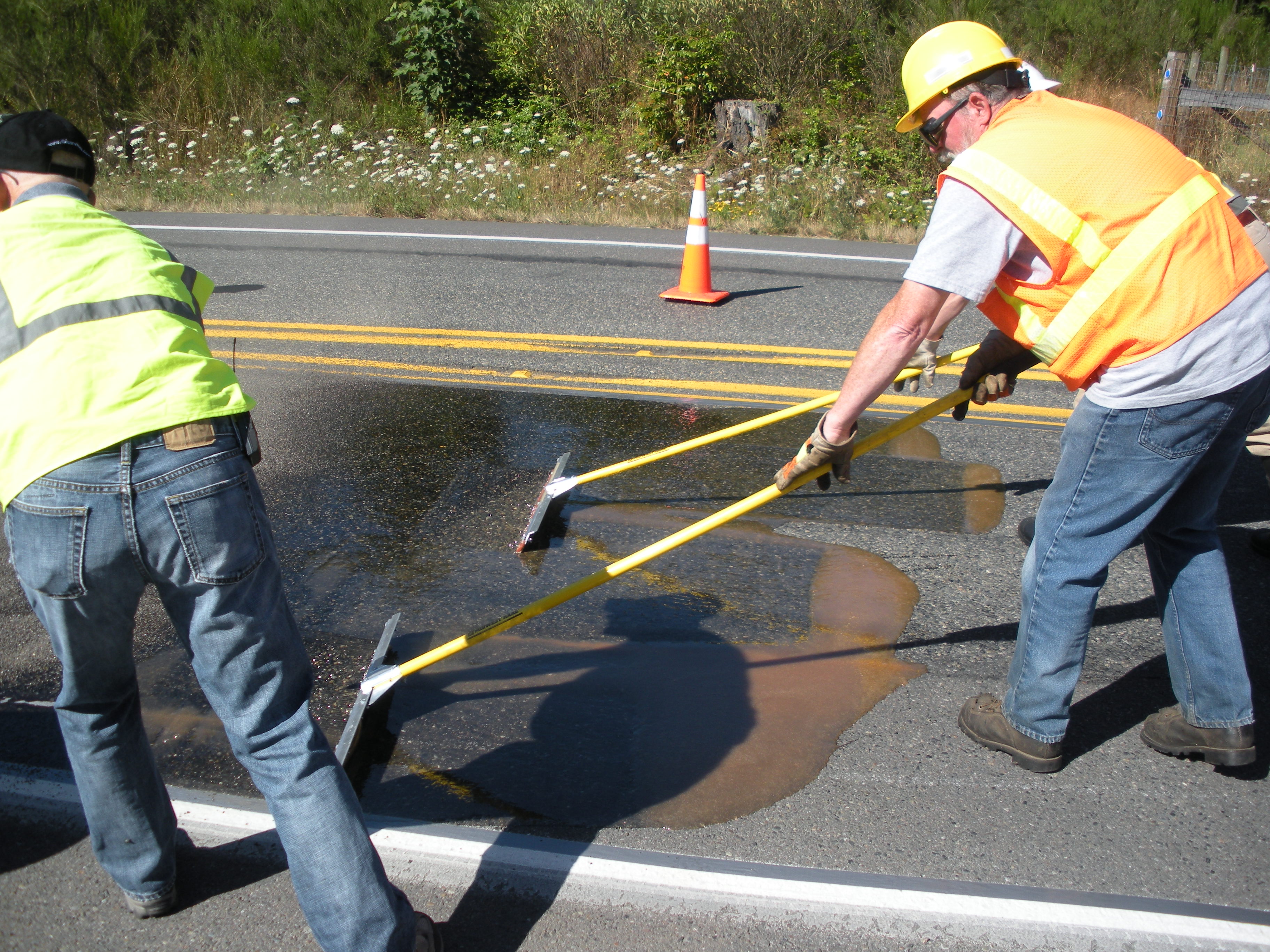High-Friction Surface Treatment Demonstration to be held September 9 in Nashville
by Matt Cate, P.E.

You may recall that in the spring issue of RoadTalk we shared some very preliminary information on a planned High-Friction Surface Treatment (HFST) Open House and Demonstration. More details of the event are available at this time, including the final date and location, and a preliminary agenda.
State and National Statistics
What: Tennessee High-Friction Surface Treatments Open House and Demonstration
When: Wednesday, September 9, 2015, 7:30 am – Noon
Where: TDOT Region 3 Auditorium, 6601 Centennial Boulevard, Nashville, TN
Cost: Free
This HFST Open House and Demonstration is a partnership between the Tennessee Department of Transportation (TDOT), the FHWA Tennessee Division, and TTAP. Funding is provided through an Accelerating Safety Activities Program (ASAP) grant from the Federal Highway Administration. Presentations will be delivered by subject matter experts from TDOT and FHWA, including:
- Frank Julian, Safety Engineer, FHWA Resource Center
- Brian Hurst, Transportation Manager 2, TDOT Project Safety Office
- Danny Lane, Assistant Director, TDOT Materials and Tests Division
The open house and demonstration will provide an opportunity for Tennessee's highway superintendents, public works directors, engineers, and other transportation officials to learn more about the benefits of HFST in reducing the occurrence of crashes at horizontal curves, intersections, and other locations where surface friction is critical. Through discussions with participants, we will identify existing obstacles that may prevent or reduce the opportunities for local agencies to use HFST. The event includes a live demonstration of tools and materials used to apply the surface treatment, discussion of the benefits, costs, application, and maintenance of HFST, and a firsthand look at a finished HFST installation.

Why is HFST a Good Technology for Local Governments?
- It's effective. HFST has proven effectiveness at curves, intersections, and grades with road departure and skidding problems. Crash reductions at some locations have been impressive. Bexar County, Texas, reported going from a crash every weekend to just a few crashes a year, after HFST installation on a curve.
- It can save you money. HFST is often considered for a location when other safety measures, such as increased signage, pavement markings and rumble strips, have not been successful in reducing crashes. Compared with reengineering the curve, HFST is a much more economical next step. Treatments using calcined bauxite aggregate typically last 10 years or more.
- Local crews can install it. HFST can be installed by a machine or manually. Local agencies can buy their own materials and install them with their own staff. If you use your own crew, you can install a short section, see if that addresses the problem, and put down more later if needed. Material can sit in the shed. Source: "High Friction Surface Treatment Starting to Take Hold on the Local System", Kansas LTAP Fact Sheet, http://www2.ku.edu/~kutc/pdffiles/LTAPFS14-HFST2.pdf
Back-Contents-Forward